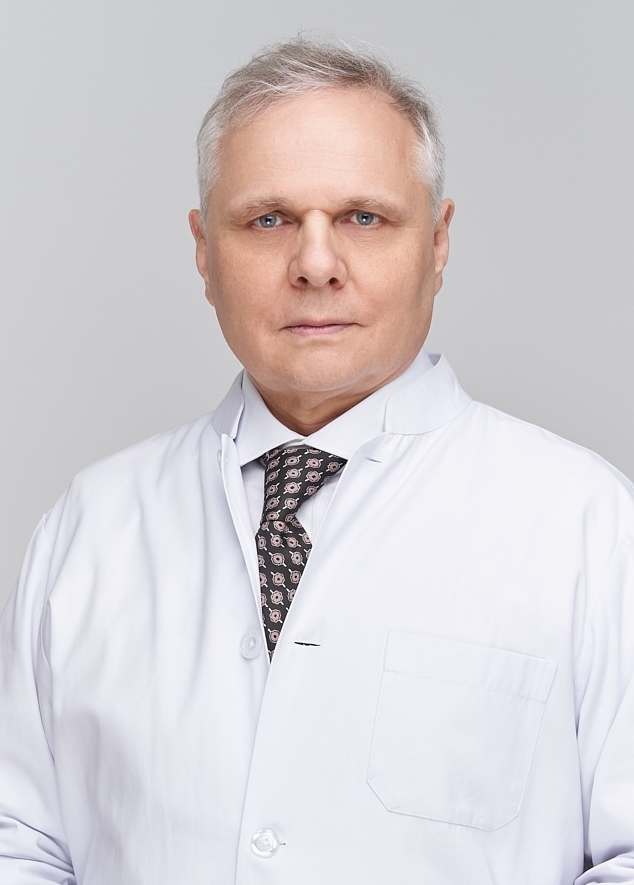
Alcohol Withdrawal Delirium, called also Delirium Tremens, is a term for medical emergency condition, which can occur when individuals with alcohol dependence suddenly stop drinking.
Delirium tremens (from Latin: mental disturbance with shaking) is characterized by hallucinations, severe confusion, and intense trembling. It also includes anxiety, and physical symptoms such as heart palpitations and heavy sweating.
Delirium tremens is life-threatening medical emergency and requires close monitoring in a hospital setting.
For Treatment of Alcohol Dependence Contact:
Call CHMCSymptoms of Delirium Tremens
Delirium tremens usually develops after years of heavy alcohol use. Symptoms typically begin 2 to 4 days after stopping alcohol consumption. It often starts with tremors, sleep disturbances, anxiety, and restlessness. As it progresses, confusion and hallucinations occur—meaning the person sees, hears, or feels things that aren’t real. These experiences can be so vivid that they provoke strong fear or panic. Delirium is a psychotic state accompanied with visual, tactile and, less frequently, auditory hallucinations.
Restlessness increases, and patients typically become highly agitated, engaging in seemingly purposeless or repetitive actions. They lose orientation to time, place, and their personal situation. Marked sweating, rapid heartbeat, and tremors are often observed. Body temperature may rise, and blood pressure can be either elevated or, in some cases, low. In some instances, seizures may develop as a complication of alcohol withdrawal.
Causes of Alcohol Withdrawal Delirium
Alcohol withdrawal leads to a dysregulation of several neurotransmitters. This results in a state of heightened excitability in the central nervous system. About 7–8 hours after the last drink, there is often a sharp drop in blood magnesium levels. Additionally, a rise in arterial blood pH is observed. These changes have a stimulating effect on specific areas of the brain. In addition to chronic alcohol abuse, sleep deprivation and malnutrition can increase the likelihood of developing withdrawal delirium.
Prevalence of Delirium Tremens
Around 5% of individuals with alcohol dependence experience alcohol withdrawal delirium. Additionally, 12–23% of those may suffer relapses later on. It typically affects patients between the ages of 30 and 50. This usually occurs after 5 to 15 years of heavy drinking. In 2018, approximately 1.5% of women and 4.0% of men in Germany were classified as alcohol dependent.
Diagnosis of Delirium Tremens
The suspicion of alcohol delirium is based on the patient’s medical history and symptoms. To confirm the diagnosis, a thorough internal medicine, neurological, and psychiatric evaluation is necessary.
Patients with severe withdrawal symptoms or those who have previously experienced complicated withdrawal episodes, such as seizures or delirium, must be hospitalized. In the hospital, blood tests are conducted. In cases where other causes of delirium are suspected, imaging studies such as CT, MRI, or possibly EEG may be performed.
Delirium can also be triggered by acute intoxication or withdrawal from other drugs or medications. Therefore, a precise diagnosis is essential to rule out other brain disorders. This is important to identify medical conditions that may present similarly and require different treatments.
Treatment of Alcohol Withdrawal Delirium
Ideally, the development of delirium tremens should be prevented. Since it occurs as part of alcohol withdrawal, the best prevention is early medical treatment of withdrawal symptoms.
If delirium tremens is already fully developed, treatment typically involves the administration of sedatives. In more severe cases, stronger medications may be required. In certain situations, antipsychotic medications (neuroleptics) may be used as well. Vital signs such as body temperature, respiration, fluid balance, pulse, and blood pressure must be closely monitored. This is due to the risk of circulatory collapse.
Psychosocial and nursing interventions play a crucial role in reducing agitation, disorientation, and anxiety. These include providing a calm, well-lit environment and establishing a consistent day-night rhythm.
Treatment of Delirium Tremens with Medication
Delirium tremens is life-threatening and must be treated urgently ideally in intensive care.
Treatment typically includes:
- IV thiamine to prevent Wernicke’s encephalopathy
- Benzodiazepines or phenobarbital to manage agitation and seizures
To prevent Wernicke’s encephalopathy, thiamine 100 mg is given intravenously.
Benzodiazepines
are the mainstay of treatment. The choice of medication and dosage depends on the level of agitation, vital signs, and mental state. People who are tolerant to alcohol often also have cross-tolerance to medications used during withdrawal, especially benzodiazepines. One effective method is starting with Diazepam 10 mg i.v., doubling the dose every 10–15 minutes until the patient is sedated. Lorazepam 1–2 mg orally or intravenously is an alternative.
Phenobarbital
If benzodiazepines alone are ineffective, Phenobarbital (10 mg/kg i.v. based on ideal body weight) can be used either alone or alongside benzodiazepines. However, this carries a risk of respiratory depression when used together.
Anticonvulsants
options include carbamazepine, or valproic acid as add-ons or as substitutes when benzodiazepines are not suitable.
Haloperidol
can be used in case of hallucinations.
Beta-Blockers
In cases of high sympathetic activity with heart racing, short-term treatment (12–48 hours) with beta-blockers (e.g., Metoprolol 25–50 mg orally or 5 mg i.v. every 4–6 hours).
Clonidine
in case of hypertension and to reduce the vegetative symptoms clonidine, 0.1–0.2 mg i.v. every 2–4 hours, can be administerd.
Physical restraints should be avoided if possible to prevent increased agitation. However, safety is key—patients must not be able to remove i.v. lines or put themselves at risk. Patients must be kept hydrated with i.v. fluids, and thiamine must be administered immediately.
Tretment Prognosis of Delirium Tremens
For most patients, alcohol withdrawal delirium is short-lived and self-limiting. In over 80% of cases, symptoms resolve within 72 hours.
After a period of sleep, patients often wake up calm, exhausted, and mentally clear. They have little to no memory of what they experienced during the delirium. In some cases, recovery is slower, marked by fluctuating symptoms and intermittent periods of clarity. The entire episode may last several days and, in rare instances, up to 4 to 5 weeks.
A very high body temperature during delirium tremens is a warning sign and usually indicates a poor prognosis. Despite advances in medical care, delirium tremens still carries a mortality rate of 6–30%. Thus, timely diagnosis and treatment remain critically important.
Alcohol Withdrawal Delirium. Summary
Delirium tremens is a medical term for severe withdrawal symptoms that occur when individuals with alcohol dependence suddenly stop drinking. Also known as alcohol withdrawal delirium, it is a potentially life-threatening condition that requires hospital monitoring.
Delirium tremens typically develops 2 to 4 days after stopping alcohol, particularly following long-term and heavy alcohol use. It often starts with symptoms like tremors, insomnia, anxiety, and restlessness. Later, confusion and hallucinations appear. Patients often become extremely restless, disoriented in time and place, and engage in meaningless actions. Physical symptoms include heavy sweating, palpitations, trembling, fever, and unstable blood pressure. In some cases, seizures may occur as a complication of withdrawal.
The main goal is to prevent delirium tremens by treating alcohol withdrawal symptoms early. If delirium tremens does develop, treatment requiers intense care and involves administering bensodizepines and vitamin B1 (thiamine).
Sakina Rehabilitation Center

The Rehabilitation Center Sakina offers a comprehensive range of services, including individual and group sessions, psychoeducation on addiction and mental health, Cognitive Behavioral Therapy (CBT), relapse prevention strategies, family support, and holistic approaches such as mindfulness and physical fitness.
The aftercare planning and support systems ensure continuity of care. Additionally, Sakina provides customized programs to meet individual needs, including dual-diagnosis support for co-occurring mental health conditions such as addiction, depression, and anxiety.


